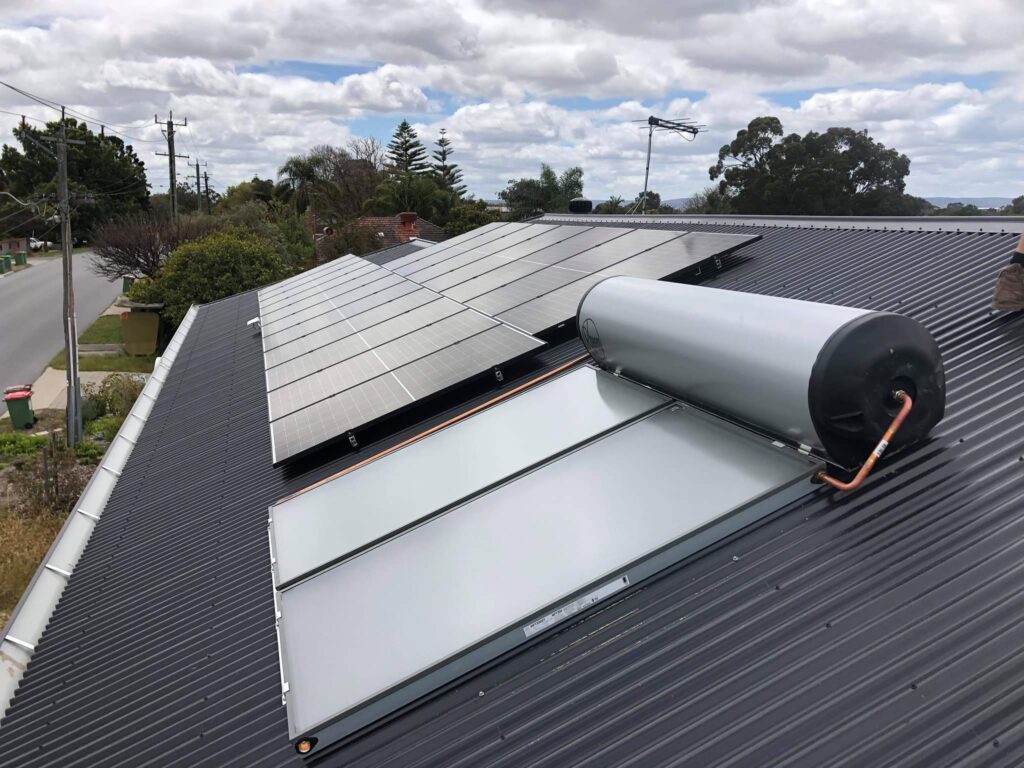
Solar Inverters in Perth
Solar power can create clean, renewable energy for your home. It increases the value of your property, saves on electricity bills, and is easy to maintain.
You can use an inverter for various applications as they come in a range of types and power capabilities. Below is an overview of how they work and the different types of inverters you can purchase.
How Do Solar Power Inverters Work?
When people think of solar power, they normally visualise the solar panels on a roof. But, to utilise that power, the energy created must go through a solar power inverter. The inverter is normally in a box, with its location somewhere on a shady part of the wall of a building.
Simply put, solar photovoltaic (PV) panels generate direct current (DC) electricity from the sun. However, electronic items and appliances require alternating current (AC) electricity to run. A solar power inverter converts DC electricity to mains-equivalent 240 volt AC electricity.
Nowadays, solar power inverters also enable you to monitor the system. They display information via a computer network to laptops so that you can keep an eye on how your system performs over time.
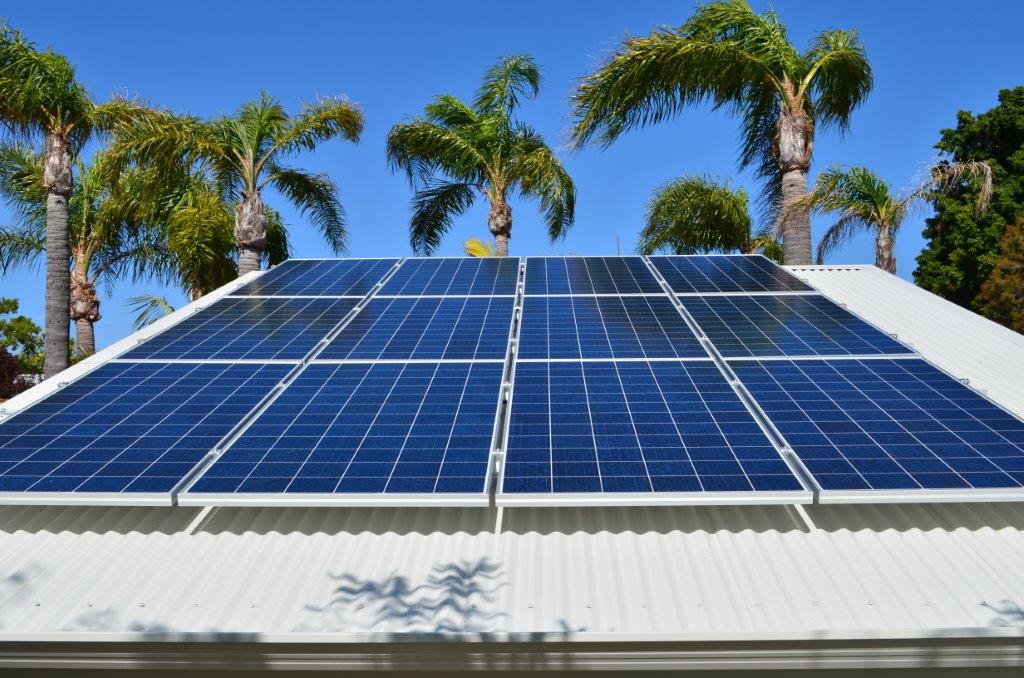
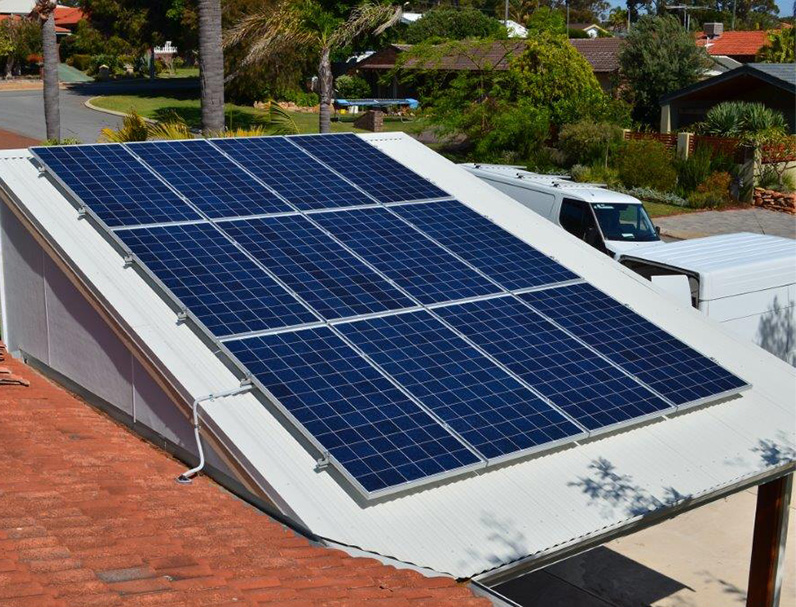
How To Choose A Solar Inverter
Before you make a purchase, you need to evaluate a range of different inverters and their suitability to your needs.
The right size inverter will depend on the size of your ‘solar array’. A solar array is simply a combination of several solar panels. The size of your solar array depends on where you live, the position of your roof and availability of space, and the energy needs of your home.
When designing a solar installation, and selecting the inverter, consider how much DC power the solar array will produce and how much AC power the inverter can output (its power rating).
Generally, the size of the power inverter should be similar to the DC rating of your solar panel system.
We can also help you make the right choice when it comes to solar inverters. Contact us or visit our website today!
Different Types of Solar Inverters
Here are 4 types of inverters that are specifically designed for various applications.
String Solar Inverters
String solar inverters are the most common type. Solar panels are arranged in groups that are connected by strings, which eventually transform DC electricity into AC electricity.
Hybrid Inverters
A hybrid inverter is ideal for those who wish to add batteries to their system. A hybrid inverter combines two separate components – a solar inverter and a battery inverter – into a single piece of equipment. They are a good option if you want to keep the power running during a grid outage.
Off-grid Inverters
An off-grid inverter is essentially a miniature power grid (stand-alone) and needs a powerful battery storage bank to function. The solar panels feed DC power into the batteries from where the inverter takes the power and creates AC power for the home.
Micro-Inverters
Micro-inverters are smaller inverters placed on every panel in the array. These are ideal for those who want to expand their system over time. Because each panel is independent of the others, it is a good system to use where the solar array is partially shaded or the availability of sun is not guaranteed.
Inverter Rating Criteria
Note that the following are geared towards the most common type of solar inverter product – the string inverter.
- Quality and reliability
- Service and support
- Monitoring and control
- Warranty
- Features
- Price
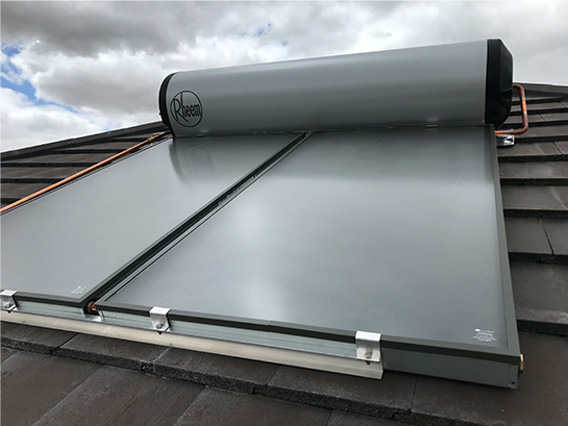
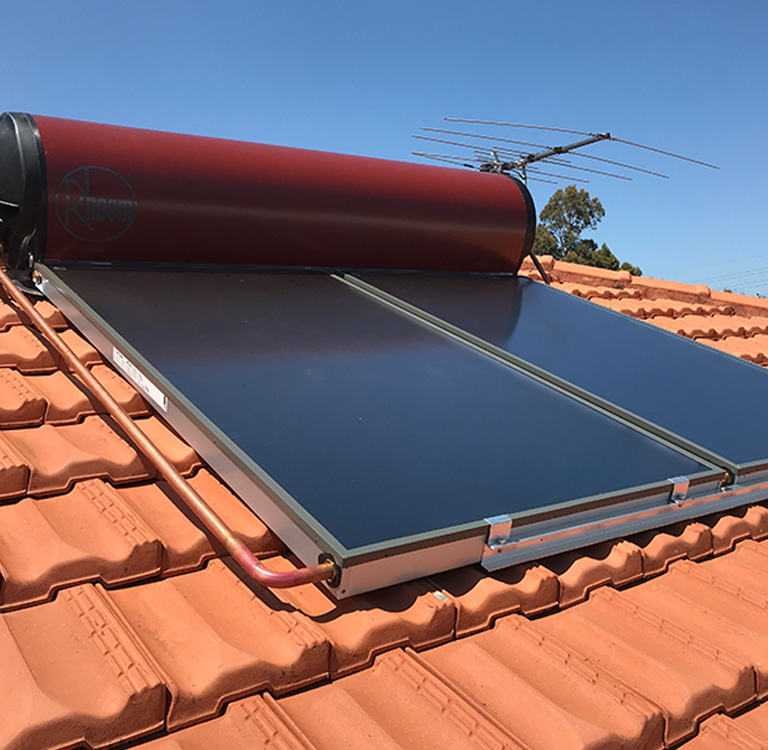
Inverter Price Range
Several factors influence the cost of solar inverters, including the size, type and brand you buy. For example, basic 5kW solar inverters could start from as low as AU$750, while top-quality 5kW inverters with a 10-year warranty could cost AU$1,700 or higher.
Also consider costs related to installation, the type and number of solar panels, the type of framing equipment, other solar system-powered components, and after-sales service agreements and warranties.
- String inverters: from under AU$1,000 to over AU$2,000
- Micro-inverters: A single micro-inverter would cost about AU$200, but for a complete system you’re looking at around AU$5,100 for single-phase and AU$5,600 for three-phase
- Hybrid inverters: AU$1,000-AU$3,000 and up
- Battery inverters: between AU$2,000 – AU$3,000
- Off-grid inverter: ranges between AU$25,000 – AU$45,000
The price range for grid-connected solar PV systems in the major cities, including Government incentives, is from AU$3,500 for 2kW, to AU$26,000 for 10kW systems.
Ready To Save On Your Electricity Bills With Power Inverters?
Switching to solar power is often touted as an expensive, long-term investment. However, with Government incentives, you can switch to solar and have a system installed that pays for itself. Enjoy the convenience of generating your own power for various applications by making the change to a solar-powered system today.
We have solar power solutions to suit any home and offer solar power panel repairs no matter their age! Get in touch now for expert advice and services relating to solar inverters.

